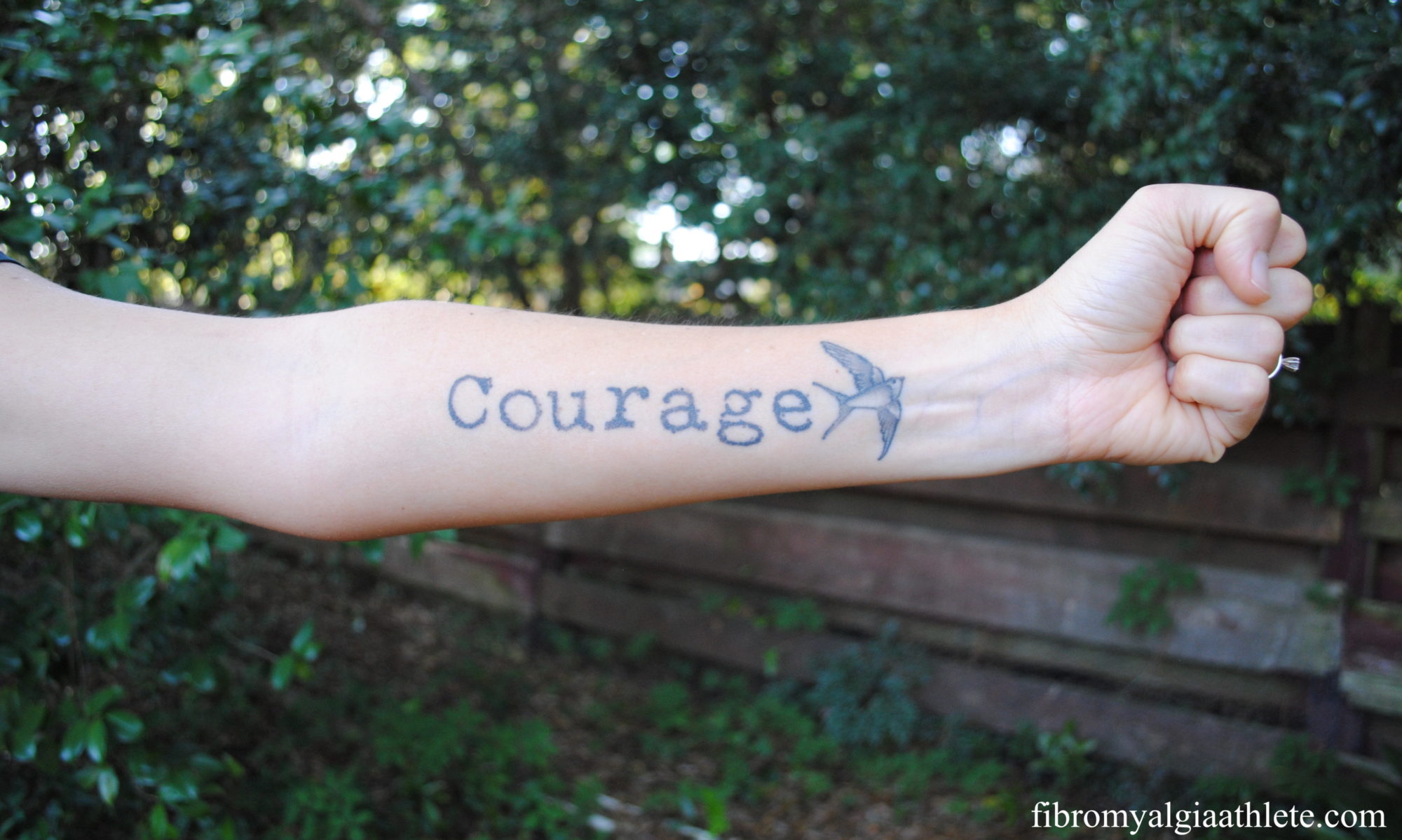Desperation—muscle spasms, joint aches, a persistent rash on my left hip—has led me to my latest attempt to cure fibromyalgia. The last reasonable solution I haven’t attempted is veganism, and as of today, I’m giving it a chance.
I was a vegetarian for much of high school and college, although not a particularly healthy one. My meal choices centered around cheese pizza, tater tots, soda, and ice cream. Not eating meat isn’t a huge leap for me, but veganism is. I’ve been on a mostly organic-based diet for years, but that includes organic cheese, free-range meat, and even organic ice cream. I cut out refined sugar for five months and saw minimal results, but I’m hoping that going with a strict vegan diet will finally kick fibromyalgia out of my life.
This morning, I had our local co-op’s version of energy bars for breakfast. They’re fig-based squares with cocoa powder, goji berries, sunflower seeds, and sesame seeds. I’ve eaten them for years before a long run, so this day so far hasn’t been much of a foray into veganism. I have a feeling that it won’t be for three or four days that I really notice how closely I have to watch my food choices to stick to the vegan way of life.
Pain can make a person crazy. Fibromyalgia combines pain with a special kind of erratic yet constant crazy. If almond milk, fig paste, and Brussels sprouts can fix this hell, then I’ll raise a glass of kombucha to the vegan cure.

